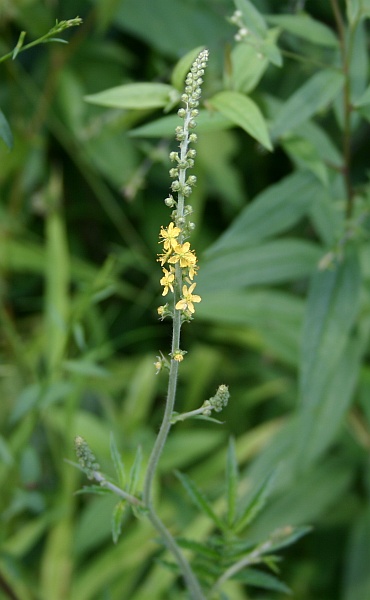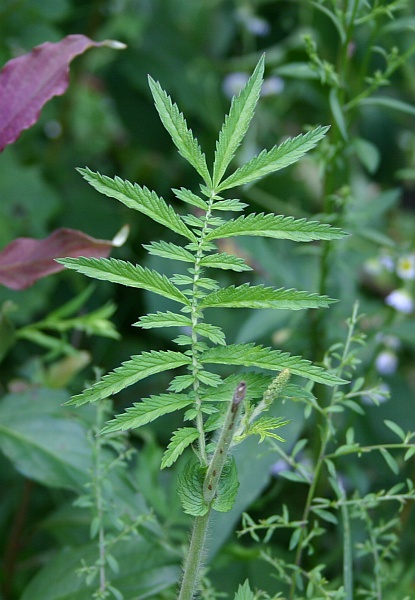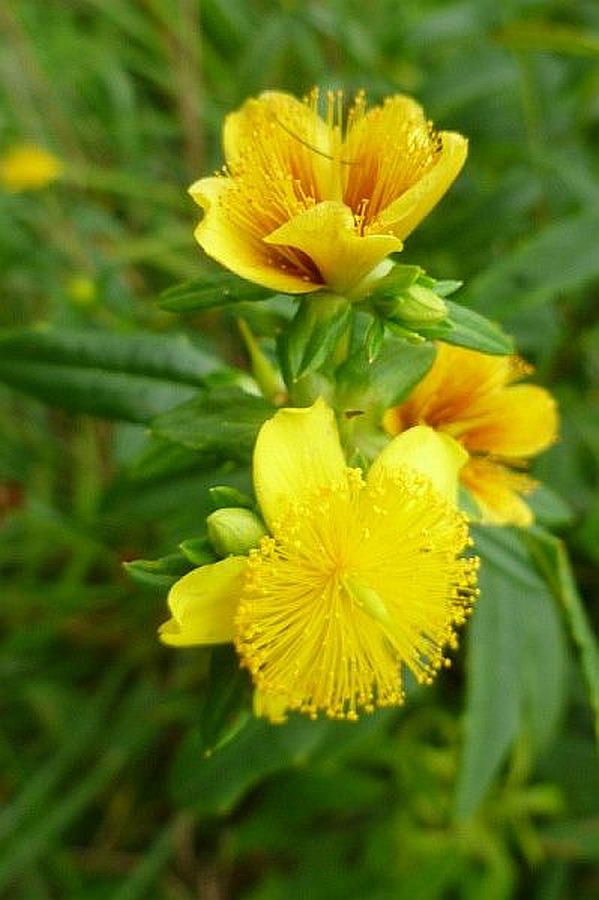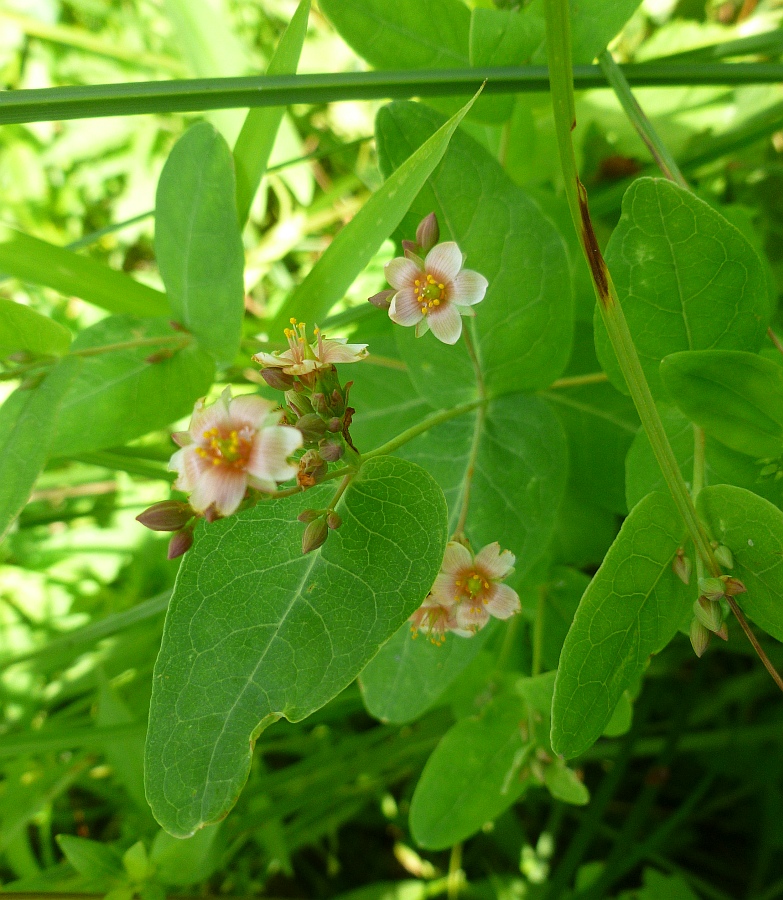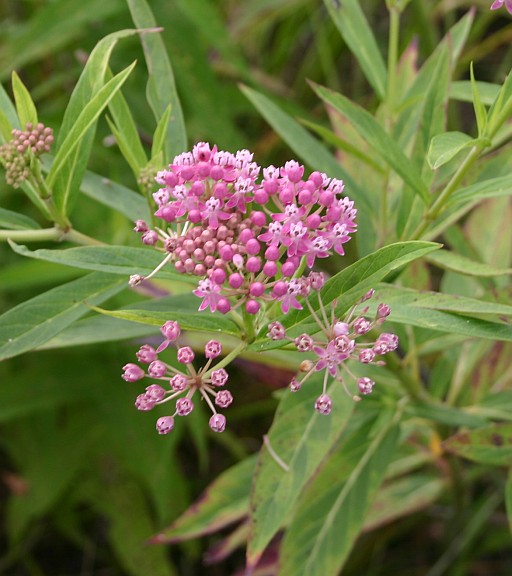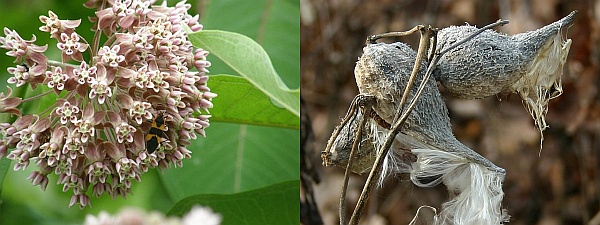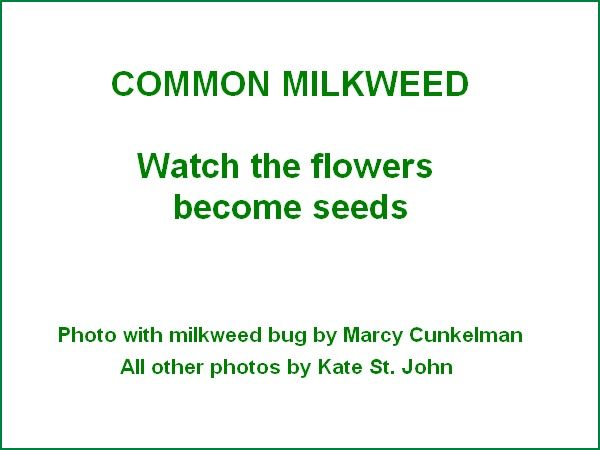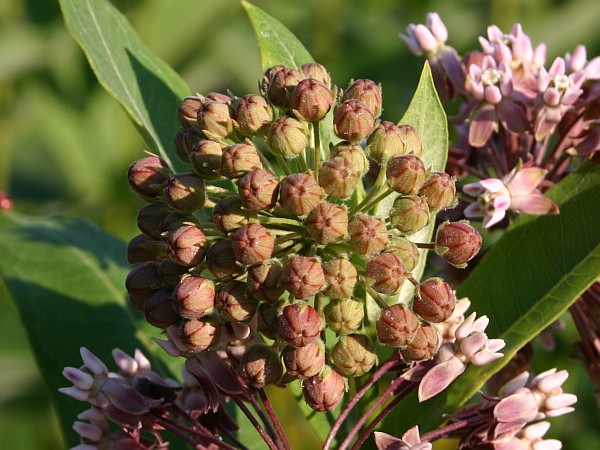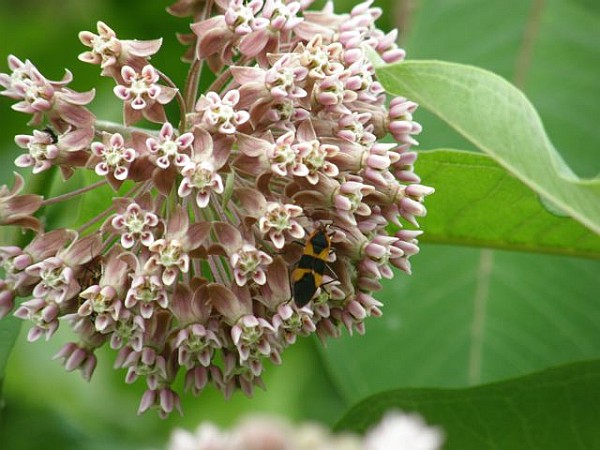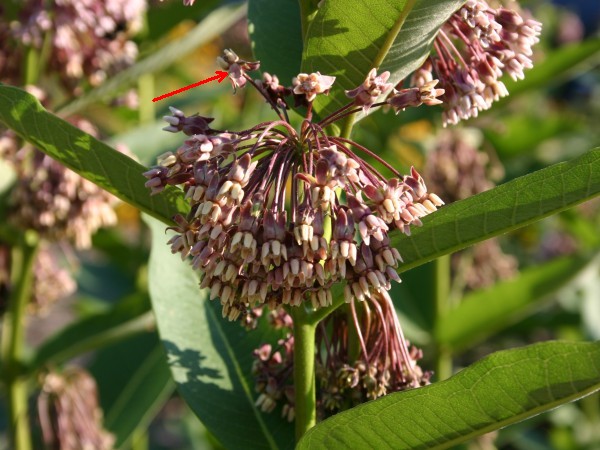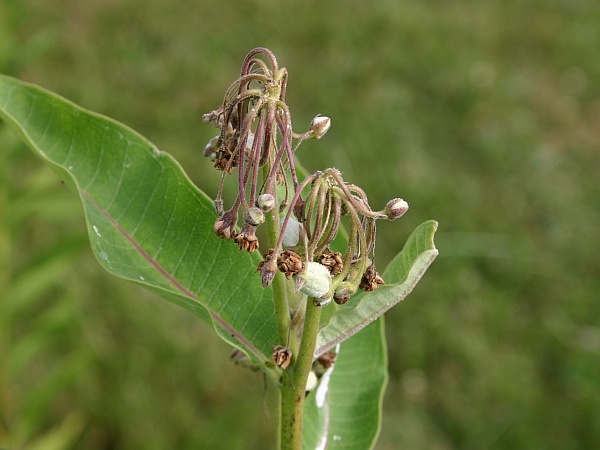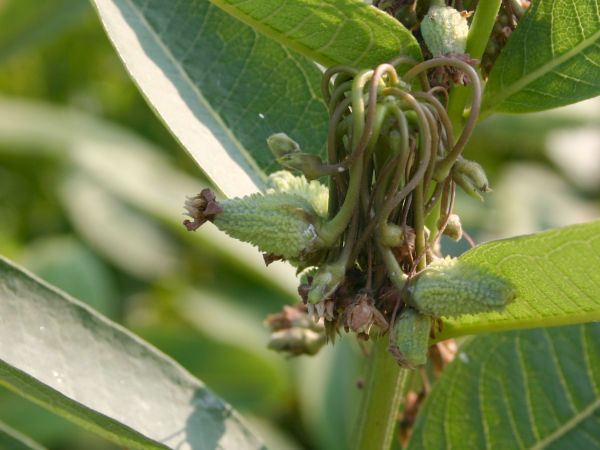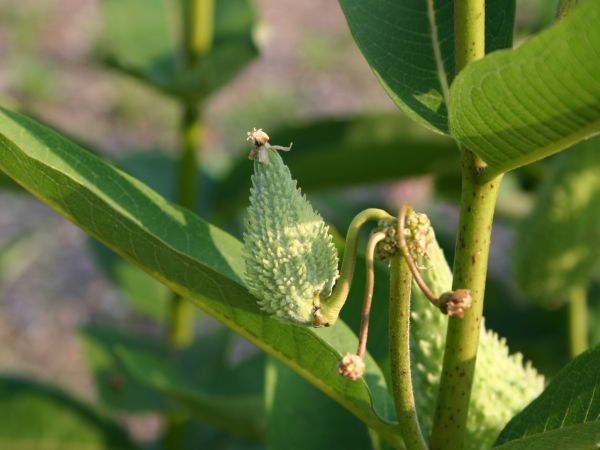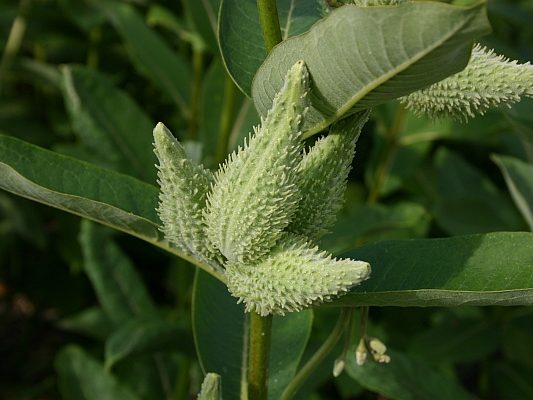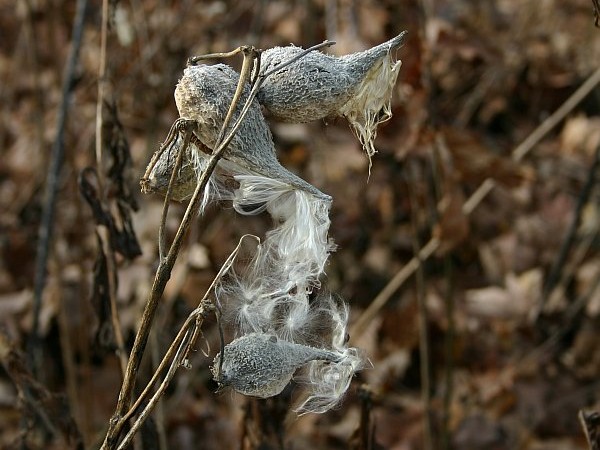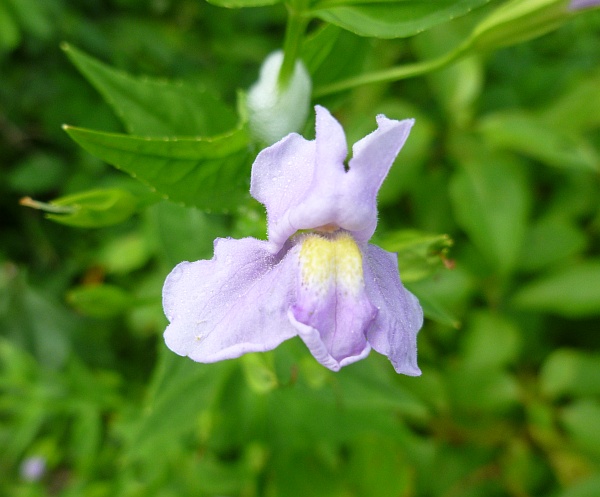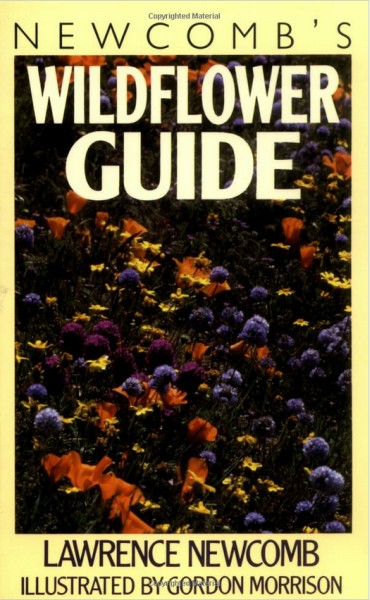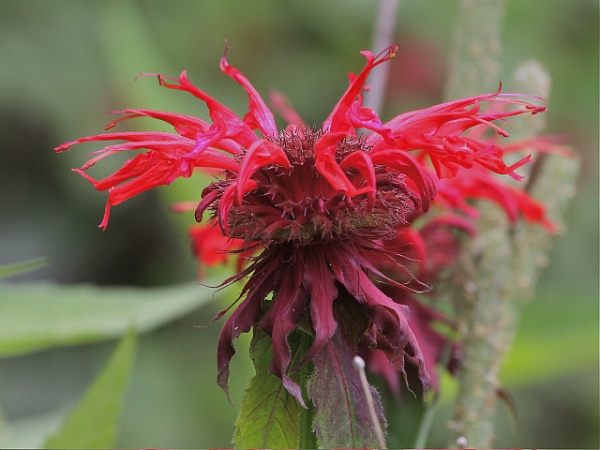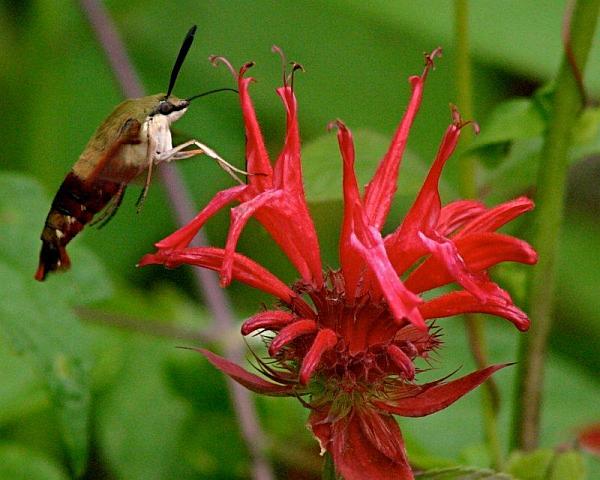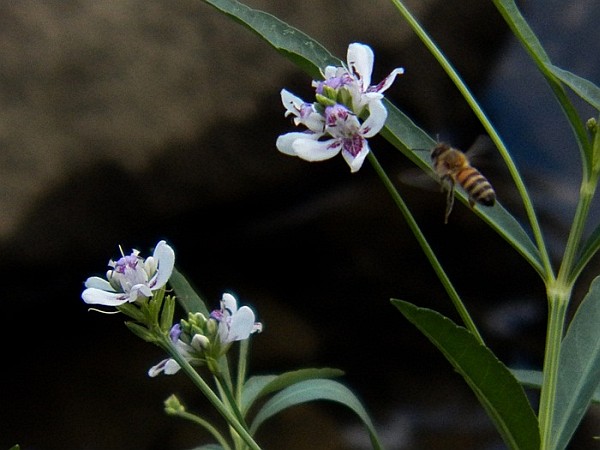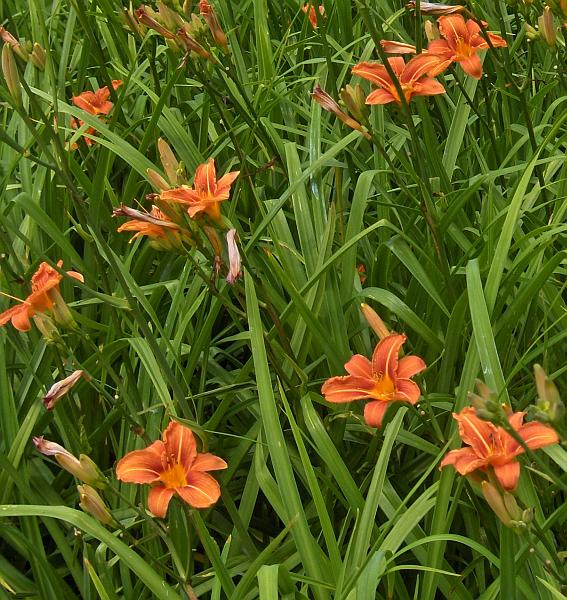Early this month I received a request: “I am trying to be a naturalist and your information about plants and trees has helped me better recognize my world here in Michigan,” wrote Matt LaMore. “Can you recommend some reading for me to better identify the plants I see throughout the woods and fields?”
As I prepared my answer I realized a lot of you may have the same question.
Last winter I wrote a series about trees and recommended the Winter Tree Guide but I’ve never discussed wildflower books. Here’s my favorite.
If you want a single field guide for identifying wildflowers in northeastern North America Newcomb’s Wildflower Guide is the one for you. First published in 1977 it covers 1,375 wildflowers, vines, and shrubs — from southern Canada to Tennessee, from Maine and the Maritimes to Wisconsin.
Instead of grouping flowers by color, Lawrence Newcomb guides you through a unique key system to help you identify the species. You examine the flower’s symmetry, count its repeating parts, look how the leaves are arranged on the stem, and determine whether the leaves are smooth-edged, toothed, or have multiple leaflets on one main stem.
After you’ve answered these few basic questions the key guides you to the appropriate pages. There you find pen and ink illustrations with descriptions to narrow your selection. Often the plant you’re seeking is right there on the first page. The black-and-white illustrations are more helpful than color photos.
With practice you’ll identify nearly every flower you see. I am so well-trained by Newcomb’s that I now think of plants in terms of his key so I can look them up later if I don’t have the book with me. (I’m not a botanist so my field notes include cryptic references like “5, alternate, divided” which I look up when I get home.)
This is a book you’ll want to own and carry with you. Click on the book cover above to buy it at Amazon.
(image of book cover from Amazon.com)
